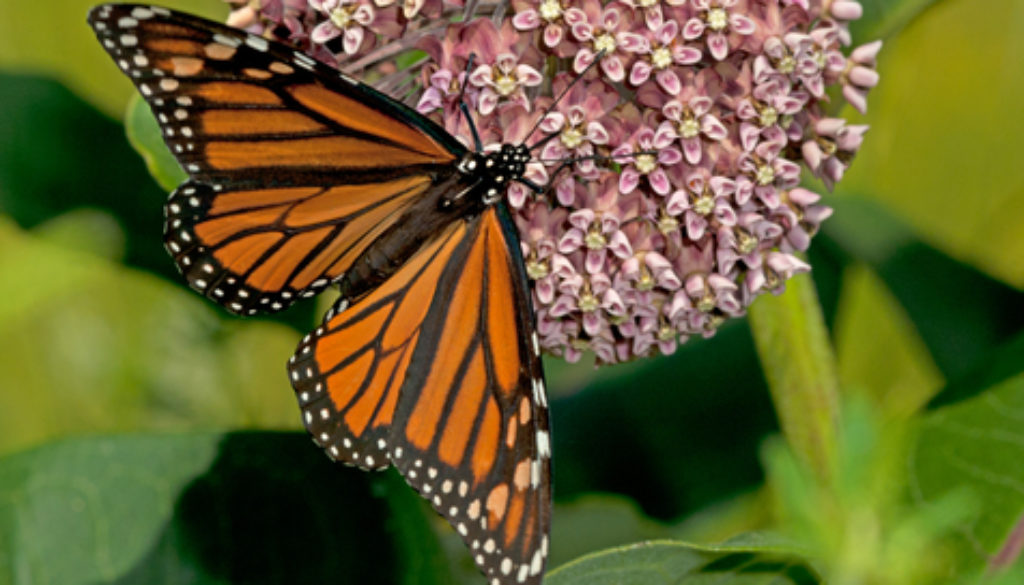Big Ag’s Unwinnable Arms Race
By Sylvia Fallon, Natural Resources Defense Council
By now you have likely heard about the jury in California that found in favor of a 46-year-old man who claimed that his routine exposure to glyphosate, the active ingredient in the common herbicide Roundup, is the cause of his terminal cancer. After a trial that seemed at times like a crash course in toxicology, the jurors ended up agreeing with the plaintiff, whose job as a groundskeeper for a California school system required him to spray hundreds of gallons of Roundup and another glyphosate-based herbicide over the course of several years. They awarded him $289 million in compensatory and punitive damages, to be paid by Monsanto, the chemical company behind both herbicides in question.
The shockingly large award—along with the disclosure that Monsanto is facing thousands of other lawsuits based on similar claims—has thrust glyphosate into the national spotlight and sparked a public discussion about its safety. Shortly after the verdict was announced, the conversation reached a fever pitch when a report found that glyphosate was present in a variety of popular kids’ cereals, granola bars, and snack bars at levels scientists have deemed unsafe for children.
But whether glyphosate is safe is only part of a much larger discussion about herbicides that we need to be having. Because the truth is that glyphosate, the most widely used herbicide on the market for the past 40 years, may already be on its way out. Weeds, the main target of glyphosate, have essentially hyper-evolved, developing a hardy resistance to the herbicide that used to be so highly effective at killing them. Somewhat lost in all the discussion of Roundup, Monsanto, cancer, and lawsuits is the fact that Big Agriculture—long the largest client for Monsanto’s herbicides—is already moving on to other powerful formulations with names like 2,4-d and dicamba. These chemical agents are more effective against the new breed of weeds but pose their own serious threats to the health of humans and other species, such as monarch butterflies.
In fact, glyphosate owes much of its overwhelming market share over the past four decades to the fact that it has generally been regarded as safer than its competitors, which are now poised to take its place. As frightening as the links between glyphosate and cancer are, the prospect of what’s to come after it leaves the market is even more unnerving.

Our agriculture system has fallen into a dangerous pattern that can only be described using the same word. As recently as two decades ago, Monsanto engineered the first crops to be resistant to the application of glyphosate, calling them Roundup Ready. This allowed the ever-increasing application of glyphosate to kill weeds while not damaging the crops. However, as some weeds developed resistance, chemical companies responded by upping the toxicity of their products and reengineering the crops to “protect” them from this new toxicity. At some point, the weeds will again develop a resistance . . . which, of course, will require yet another round of more toxic herbicides and protective crop reengineering.
It’s this nonsensical pattern that constitutes the discussion we need to be having right now about agriculture and herbicides. Glyphosate is bad news, and it needs to go. But we can’t let this dangerous arms race continue to escalate. Because we—meaning humans—can’t win it. The plants we think of as weeds will always adapt to our strongest herbicides, always require us to develop the next class of chemical superweapons to keep fighting them. Evolution isn’t on our side in this war. And in the meantime, we’re poisoning the ground, wildlife, and ourselves.

Tell the EPA to protect monarchs from toxic herbicides
It doesn’t have to be this way. Some farmers who were once content to be a part of this system are now switching to organic methods, if for the saddest of reasons: They’ve watched their own family members get sick and die from illnesses associated with long-term pesticide exposure. Under a happier set of circumstances, a new generation of young, ecologically aware farmers is experimenting with regenerative agriculture. Studies have shown that this approach significantly increases soil quality and promotes biodiversity, resulting in a decreased need for chemical inputs, including pesticides and fertilizers.
Monsanto and its new corporate parent, Bayer, are said to be appealing the $289 million ruling and will undoubtedly fight it with all of the legal and public-relations energy they can muster. But something out there is changing. People are discovering for themselves the truth about all the dangers inherent in our current system for protecting crops. They want to win the war against weeds, but they’re starting to sense that the war—as it’s been fought, through conventional means—is unwinnable. It’s time for a new, smarter, and safer line of attack.

